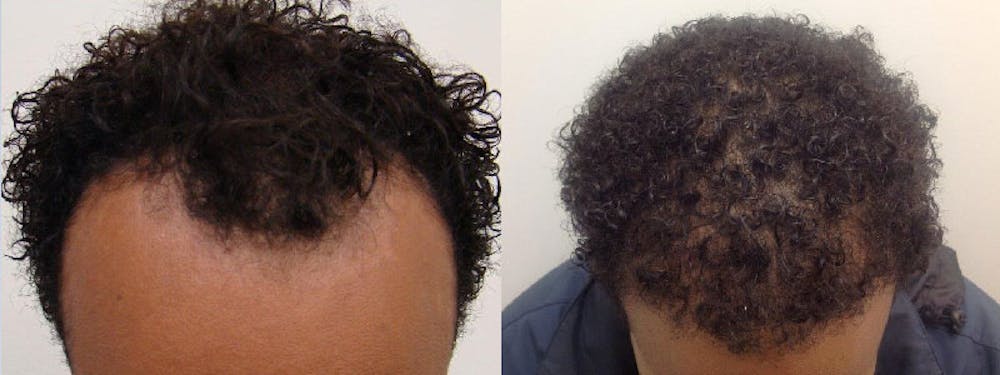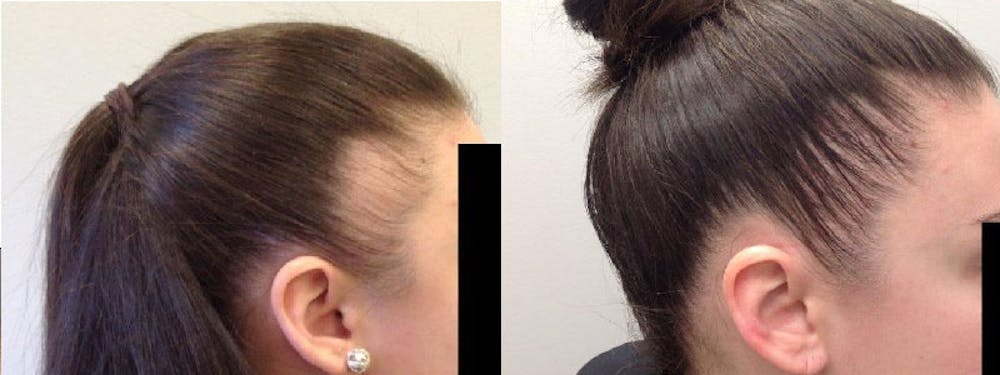PRO-NOX™ Patient Sedation System
Do you get nervous when scheduling any sort of surgery, even minor procedures? Does using strong anesthetics or vapors that render you unconscious make you feel uneasy?
With the PRO-NOX™ Nitrous Oxide Delivery System at our plastic surgery center in Philadelphia, you are in control of your anxiety and pain relief during a medical procedure. This can greatly improve your experience with such procedures as the NeoGraft hair transplant in Philadelphia. Learn more here.



